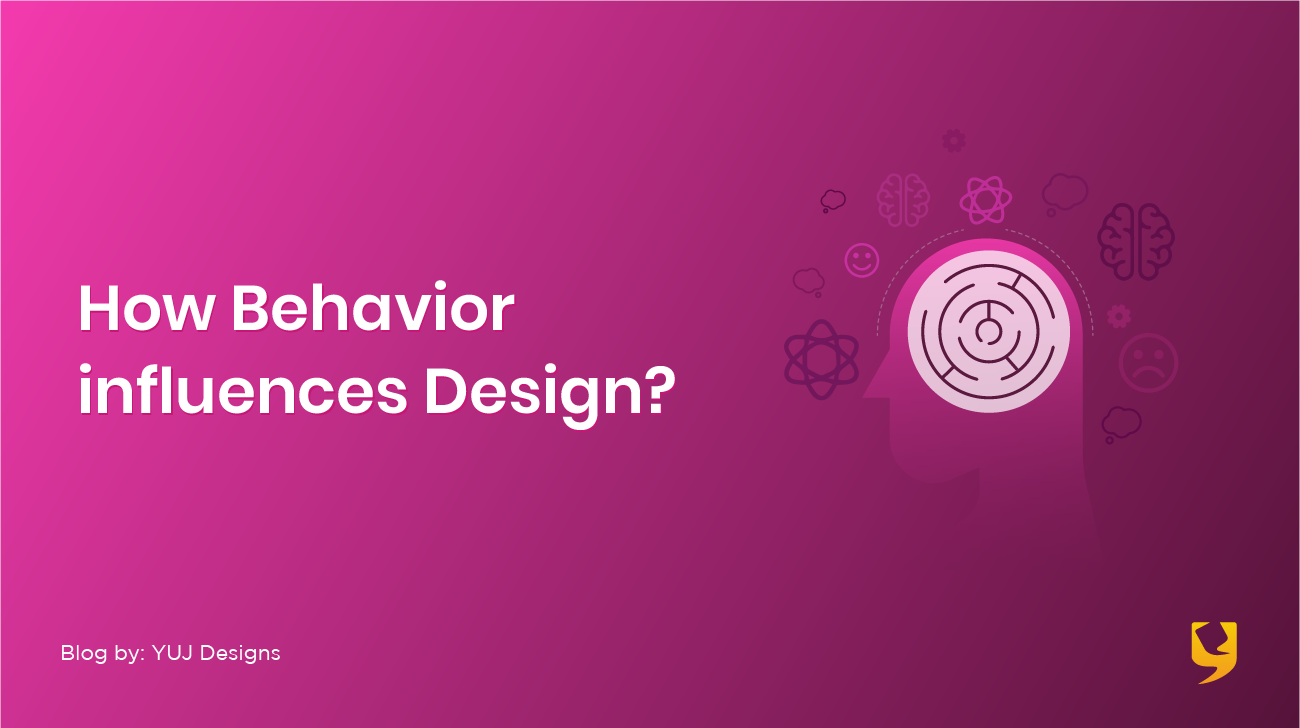
Designers work towards understanding the human behavior and intentionally design experiences that would drive the desired outcome. You may not be aware of it as you roam around a Dorabjee’s store or a shopping mall, but every aspect of the experience has been designed such that you end up buying at least two objects you did not come to buy. These stores are designed to maximize the amount of money you will spend when you walk out of the store. This is intentional design at its best, weaving purpose and experience by assessing the user’s behavior and tendencies in detail. These experiences shape our perceptions of the environment, the brand. Designers capitalize on user’s biases, memories and craft a deep sensory experience for the user.
It is amazing how our brain operates on the information that is made available to us. We interpret this information and build our own perceptions. For instance, if someone mentions – Sneha brings her dog to the workplace. There are multiple possibilities of perceptions depending on the person that possesses this information. Some people might operate from a sense of fear and visualize the workplace to be a haphazard place, where employees won’t be able to concentrate on work. Not a productive workplace and would opt against it. Whereas, some people might say this is hardly a fearful situation. In fact, a pet-friendly environment is a welcome change!
Understanding Human Behaviour
The concept of understanding a person and her/ his behavior is similar to an iceberg. We only see the tip. Usually unaware of the large mass that lies below the surface of water. A person randomly chooses a red fire emoji to enhance the Instagram post. One might say the person belongs to a more fiery personality, hence the choice. Though, there’s a lot more to a person’s choices, as simple as these, than what meets the eye. The behavior and motivations underneath the surface are the ones that need to be considered to understand the user’s choices. When doing user research, we set out to understand human beings. It is very important to look what’s underneath the surface. One should utilize this knowledge and dig deep into what drives certain user behavior.
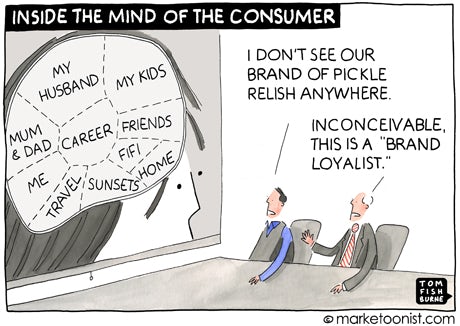
Understanding the mind of the consumer/ user
The Theory of Human Motivation
Abraham Maslow’s theory of the hierarchy of needs was introduced in the groundbreaking 1943 paper A Theory of Human Motivation. The theories of the American psychologist continue to be widely adopted as an explanation for human motivation and personality.
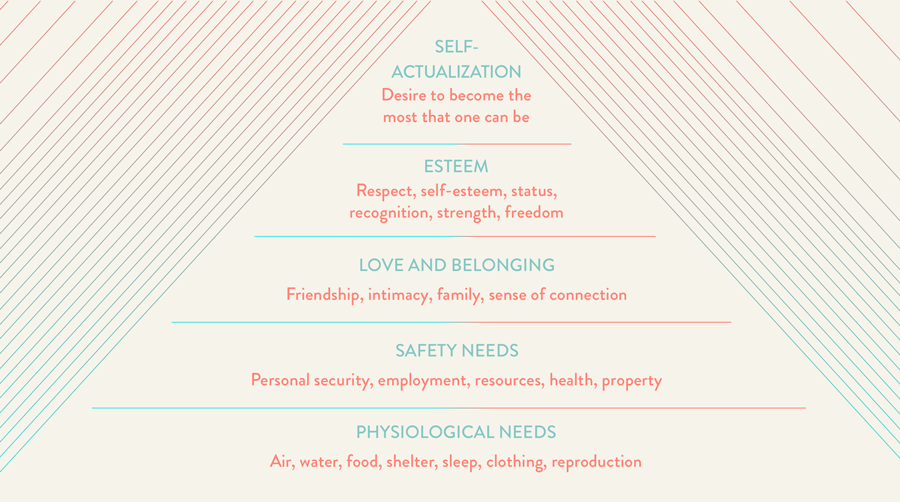
https://crm.org/articles/maslows-hierarchy-of-needs
Human beings by nature make assumptions very quickly. Designers need to understand users’ needs and desires, their motivation, what drives them. Only after studying these nuances, can a designer build successful products that are human-centered and effective. There are 3 chief aspects one should consider while studying user behavior.
1. Perceptions
They bring together a person’s past experiences with her/ his current context. They cloud the person’s judgement and world view. Let’s take an example of Uber. Everyone has experienced the surge prices when booking a ride.
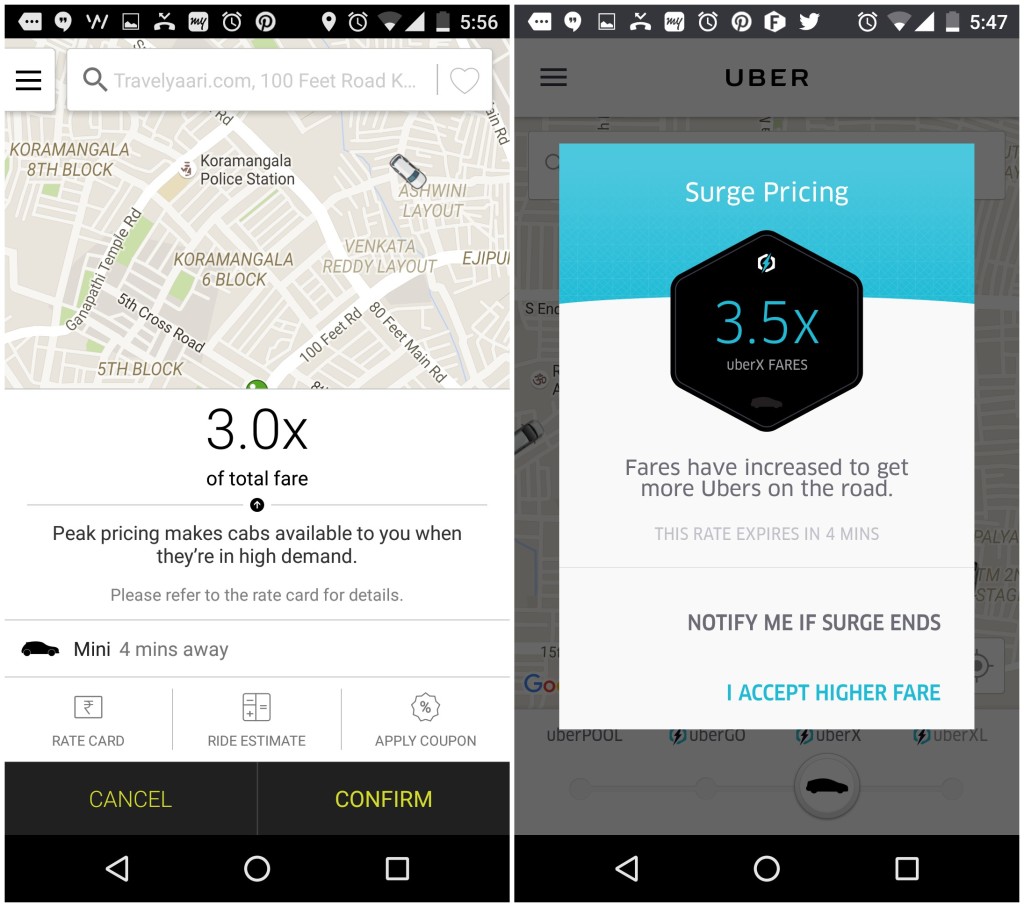
The primary emotional response that the user has is a feeling of frustration, deception. The user had a certain expectation from the cab service, though when surge charges apply, a negative emotional reaction emerges. A person in this scenario would quickly assume the cab service company to be an unfair one. Whereas, all that the company is trying to do is drive revenue by making the most of the peak time. This is how perceptions are built. These perceptions lead the customer to follow or unfollow a brand.
2. Attention
Attention is shaped by context and intensity of the stimuli. There are three types.
- Selective Attention. Picking up information based on convenience.
- Divided Attention. Responding to multiple simultaneous tasks.
- Sustained Attention. Vigilance developed over time. Working Memory.
Design thinking starts with empathy. And designing products that are fit for the user’s attention spans are a necessity for the companies. For instance, in this world of short attention span, autoplay videos, disappearing stories are programmed to achieve the same goal – that the user should either stay longer or keep coming back to it as many times as possible.
The right term for these behavior sensitive designs is dopamine loops. Dopamine starts you to seek, get rewarded for the seeking which makes you seek more. This is called Instant Gratification where everything we want is a click away. It becomes harder to stop looking at or stop browsing through apps. Classic examples are email notifications, texting or even checking the phone to see if you have a message or a new text. The flipside to this emerging behavior, is illustrated below.
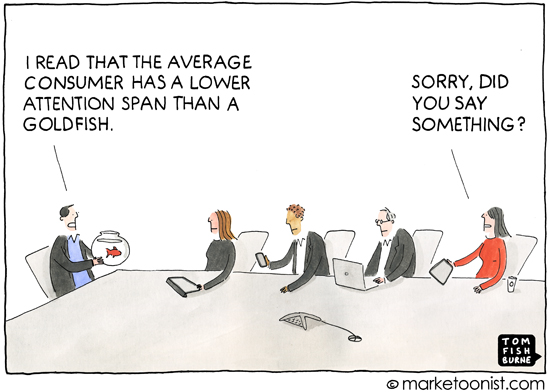
A humorous take on the emerging human behaviors
3. Decision Making
We know by now that the choices a consumer makes are a result of her/ his past experiences, pre-formed biases, motivation drivers among other reasons. Decision making of users is impressionable. A well-thought of design of a product can influence the user to make the purchase. Design has a critical impact on user decision.
Hence, it is crucial to work on evidence-based design for your products. Think about different scenarios in which the target audience might perform the desired behavior. Identify the positive deviants. Work towards persuading the user. Here are some psychological patterns that can help with the design strategy:
- Enabling. Enable the desired behavior by making it easier than the alternatives.
- Motivating. Motivate the behavior using incentives.
In conlusion, to design a successful product a designer should listen, empathize and engage.
Amplify your brand presence with the best UX design studio that truly aligns your needs with those of your consumers! Get in touch with us at YUJ Designs, today!






